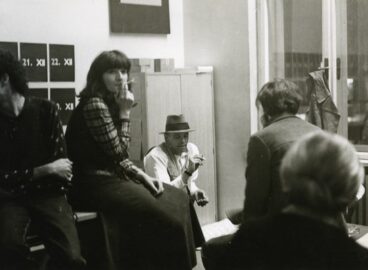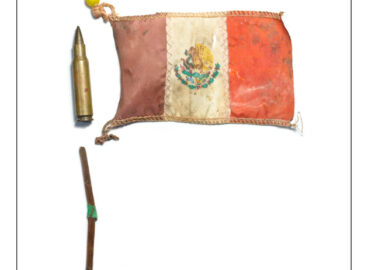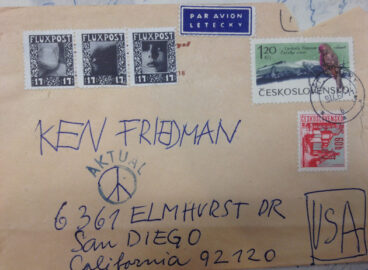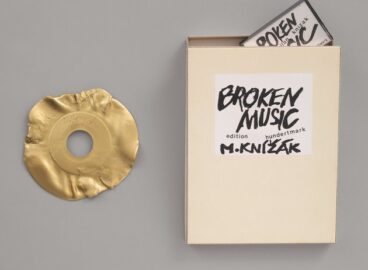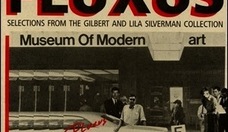Milan Knížák was a key figure in the development of action art and performance in Prague in the 1960s. His Performance Files, now in the collection of The Museum of Modern Art and published here in their entirety, constitute a tremendous resource, as they bring together images and texts related to many of the artist’s independent and collaborative works executed over the course of 20 years. Knížák’s association with the international Fluxus movement and its organizer, George Maciunas, who appointed Knížák as director of “Fluxus East,” piqued the interest of the Detroit-based collectors Gilbert and Lila Silverman as they began amassing their vast Fluxus Collection. The Silvermans progressively acquired a sizeable representation of the artist’s work—including films, objects, works on paper, and photographs—mostly from Knížák directly.
The Silvermans made their initial trip to Prague to meet Knížák and begin to consider works for their collection in the early 1980s. Their curator, Jon Hendricks, followed up with a visit in 1983 to continue the conversation with the artist and acquire additional works. Hendricks took particular interest in Knížák’s action-based work, including the collaborative pieces Knížák carried out with the group Aktualní Umeni (Contemporary Art, also known as Aktual Art or simply Aktual), which the artist had founded with Jan Mach, Vit Mach, Sonia Švecová, and Jan Trtílek in 1964 (another member, Robert Wittmann, would join the group in 1966). Most of these actions were documented only by the small circle of artists who witnessed or were involved in them. Hendricks and the Silvermans recognized the importance of this work and asked Knížák to compile his records of these activities, imagining the value such material might have for artists and scholars in the future.
The result is the Performance Files, assembled by Knížák between 1983 and August 1985, when the Silvermans acquired the documents. The files are an archive of Knížák’s individual and collaborative activities between 1962 and 1985. They comprise 101 envelopes, each of which is dedicated to a particular event, numbered with a stamp, and, in most cases, dated. Inside the envelopes, Knížák placed photographs—some vintage, some later prints—and/or written descriptions of the activities. The texts are photocopies; some made from original materials or manifestos dating from the time of the activities they describe, but most from later typescripts or handwritten accounts (many in English) that Knížák produced expressly for these files. The envelopes are currently kept in numbered manila folders housed in two archival file boxes.
Beyond serving as a unique public archive of little-known but highly significant works that otherwise might have been lost to history, the Performance Files can be seen as a work of art created from Knížák’s personal recollections and reflections on a period during which he worked both independently and as part of a group. Significantly, designations of individual and collaborative authorship do not appear in the files themselves.
The Performance Files came to MoMA in 2008 as part of the Gilbert and Lila Silverman Fluxus Collection Gift. Their processing and digitization was carried out by MoMA curators, cataloguers, and registrars. Special thanks go to Katherine Alcauskas, Sydney Briggs, Emily Edison, and to Peter Butler, who photographed each of the archive’s 800-plus items.
